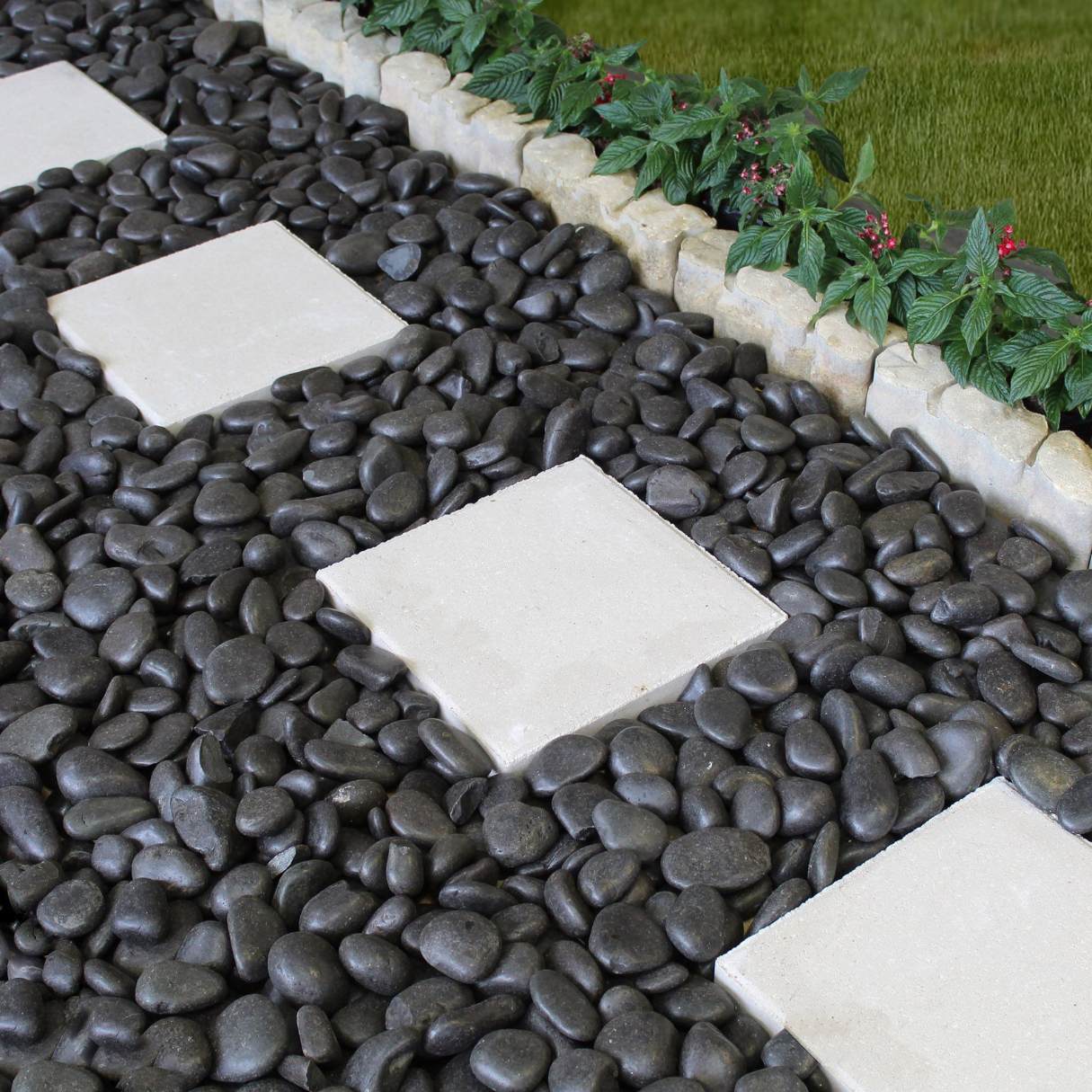

Articles
How To Store Landscaping Rocks
Modified: December 7, 2023
Discover expert tips and tricks on how to store landscaping rocks in this comprehensive articles. Ensure your rocks stay organized and maintain their quality for long-term use.
(Many of the links in this article redirect to a specific reviewed product. Your purchase of these products through affiliate links helps to generate commission for Storables.com, at no extra cost. Learn more)
Introduction
Landscaping rocks are a popular choice for adding texture and beauty to outdoor spaces. They come in various sizes, shapes, and colors, and can be used to create stunning focal points or pathways in your garden. However, storing landscaping rocks properly is essential to preserve their quality and ensure they remain in good condition for future use.
In this article, we will explore the benefits of storing landscaping rocks, as well as provide useful tips and techniques to help you store them effectively. By following these guidelines, you can save space, maintain the appearance of the rocks, and facilitate easy access when you are ready to use them for your landscaping projects.
So, whether you have a small collection of rocks or a larger quantity, read on to discover the best practices for storing landscaping rocks.
Key Takeaways:
- Properly storing landscaping rocks preserves their quality, saves space, and facilitates easy access for future projects. Follow these tips to maintain their appearance and create an organized outdoor space.
- From choosing the right storage location to arranging rocks based on size and shape, these techniques ensure your landscaping rocks remain in top-notch condition for future use.
Read more: How To Use Rocks For Landscaping
Benefits of Storing Landscaping Rocks
Properly storing your landscaping rocks offers several advantages that can help preserve their quality and make your outdoor space more organized. Here are the key benefits:
- Preserves the quality and appearance of the rocks: Storing your landscaping rocks in a controlled environment protects them from weathering and erosion. Exposure to harsh elements like rain, sun, and wind can cause rocks to deteriorate or lose their vibrant colors. By storing them properly, you can maintain their original beauty and keep them looking fresh for future use.
- Saves space and reduces clutter in your outdoor area: Landscaping rocks can take up a significant amount of space, especially if you have a large collection. Storing them in an organized and compact manner helps declutter your outdoor area, allowing for more efficient use of space. This is particularly beneficial if you have a small backyard or limited storage options.
- Facilitates easy access and retrieval for future use: Storing your landscaping rocks in a well-organized manner makes it easier to locate and retrieve them when you are ready to use them for your next landscaping project. Instead of sifting through a messy pile or searching in various locations, you can save time and effort by having them neatly stored and readily accessible.
By understanding these benefits, you can see why proper storage of your landscaping rocks is crucial. Not only does it help maintain their quality and appearance, but it also provides practical advantages in terms of space utilization and easy access for your future landscaping endeavors.
Choosing the Right Location for Storage
Finding the ideal location to store your landscaping rocks is essential for their safety and accessibility. Here are some factors to consider when selecting a storage area:
- Considering the size and weight of the rocks: Since landscaping rocks can vary in size and weight, it’s crucial to choose a location that can handle the load. Heavier rocks may require a more stable and sturdy area to prevent any accidents or damage.
- Evaluating the available space in your property: Look for areas where you have enough space to stack and organize your rocks properly. Consider utilizing unused corners, the space along fences, or even a dedicated rock storage area if you have a larger collection.
- Assessing the accessibility and convenience of the chosen area: It’s important to choose a location that allows easy access to the stored rocks. Consider the proximity to your landscaping projects to minimize the effort required when retrieving the rocks. Additionally, choose a location that is convenient for you to maintain and inspect the rocks regularly.
By considering these factors, you can find a suitable location to store your landscaping rocks that ensures their safety and convenience. Remember to also check any local regulations or restrictions regarding the storage of large rocks, especially if you live in an area with specific zoning or neighborhood guidelines.
Next, let’s explore how to prepare the storage area to ensure the rocks are properly protected and maintained.
Preparing the Storage Area
Before you start storing your landscaping rocks, it is crucial to prepare the storage area properly. Taking the time to do this will ensure that your rocks are protected and that they remain in good condition. Here are the important steps to follow:
- Clearing out any debris, plants, or obstacles: Start by removing any debris, plants, or other obstacles from the storage area. This will help create a clean and open space for your rocks.
- Leveling the ground and ensuring proper drainage: Once the area is clear, make sure the ground is leveled. Uneven ground can lead to instability and potential rock shifting. Additionally, ensure that the storage area has proper drainage to prevent water pooling around the rocks.
- Installing weed or landscape fabric as a base layer: To help prevent weed growth and maintain the cleanliness of the storage area, consider installing a layer of weed or landscape fabric as a base. This will act as a barrier, preventing weeds from growing up through the rocks and making it easier to clean and maintain the stored rocks.
By taking these steps, you create a suitable foundation for storing your landscaping rocks. Clearing out the area, leveling the ground, and installing a base layer not only ensure proper storage but also make it easier to access and retrieve the rocks when needed.
Next, let’s explore different stacking techniques for both large and small to medium-sized rocks.
Stacking Techniques for Large Rocks
When it comes to storing large landscaping rocks, it is important to follow proper stacking techniques to ensure stability and safety. Here are some guidelines to help you stack and arrange your large rocks:
- Creating a stable foundation for heavy rocks: Start by creating a solid and stable foundation for your large rocks. Lay down a layer of compacted soil or gravel to provide a sturdy base. This will help distribute the weight evenly and minimize the risk of rocks shifting or toppling.
- Safety precautions while stacking multiple layers: If you plan to stack rocks vertically or in multiple layers, be aware of the potential danger it can pose. Make sure you have a clear plan and take the necessary precautions such as using proper safety equipment like gloves and safety glasses. Take it slow and always prioritize your safety.
- Using wooden blocks or platforms for added support: For extra stability, consider using wooden blocks or platforms between layers of rocks. These can provide additional support and prevent any unwanted movement. Make sure to choose pressure-treated wood or materials that won’t deteriorate quickly.
By following these stacking techniques, you can safely store your large landscaping rocks and minimize the risk of accidents or damage. It’s important to prioritize safety and take the necessary steps to create a stable and secure stacked arrangement.
Next, let’s move on to arranging and storing small to medium-sized rocks.
When storing landscaping rocks, it’s important to keep them in a dry area to prevent moisture damage. Additionally, stack them neatly to prevent shifting and potential accidents.
Read more: How To Wash Rocks For Landscaping
Arranging Small to Medium-sized Rocks
When it comes to storing small to medium-sized landscaping rocks, organization is key. Here are some tips to help you arrange and store your rocks effectively:
- Grouping rocks based on size and shape: Start by grouping your rocks based on their size and shape. This will make it easier to find specific rocks when you need them. You can create separate piles or sections for rocks of similar sizes and shapes.
- Utilizing containers, bins, or pallets for organization: Use containers, bins, or pallets to store and organize your rocks. This will help prevent them from scattering and keep the area tidy. Consider using clear bins or transparent containers so that you can easily see the contents without opening each one.
- Labeling or categorizing rocks for easy identification: To make it even more convenient, label or categorize your rocks. You can use markers, tags, or labels to identify the type of rock or specific area of use. This will save time when you need to find a particular rock for your next landscaping project.
By following these arranging techniques, you can keep your small to medium-sized landscaping rocks organized, easily accessible, and well-maintained. Whether you choose to store them in containers, bins, or on pallets, grouping and labeling will maximize efficiency and make your rock storage area more functional.
Now that we have covered arranging and storing techniques, let’s move on to protecting and maintaining the stored rocks.
Covering and Protecting the Stored Rocks
Once you have arranged and stored your landscaping rocks, it is important to protect them from the elements to ensure their longevity and maintain their appearance. Here are some measures you can take to cover and safeguard the stored rocks:
- Using tarps or heavy-duty plastic sheets to shield from weather elements: Cover your stored rocks with tarps or heavy-duty plastic sheets to protect them from rain, sunlight, and other weather conditions. This will prevent water damage, fading, and erosion. Ensure that the cover is large enough to fully encapsulate the rocks and securely fasten it.
- Securing the coverings to prevent wind damage: Wind can be a potential hazard, especially if the coverings are not secured properly. Use bungee cords, ropes, or heavy-duty clips to secure the tarps or plastic sheets tightly around the rocks. This will prevent them from blowing off and potentially causing damage to surrounding areas.
- Regularly inspecting and maintaining the protective layers: Periodically check the coverings for any signs of wear or damage. Replace torn or damaged tarps or plastic sheets to ensure that the rocks remain adequately protected. Additionally, remove any debris or dirt that may accumulate on the covers to maintain their effectiveness.
By implementing these protective measures, you can ensure that the stored rocks remain in good condition and retain their intended appearance. Regularly inspecting and maintaining the covering will help extend the lifespan of the rocks and provide added protection against the elements.
Next, we will discuss how to maintain the stored rocks to ensure they are always in top-notch condition.
Maintaining the Stored Rocks
To ensure that your landscaping rocks remain in optimal condition while in storage, it is essential to implement regular maintenance practices. Here are some key maintenance tasks to keep in mind:
- Cleaning off debris or dirt periodically: Over time, dust, dirt, and debris may accumulate on the surface of your stored rocks. Periodically clean them off using a soft brush or a gentle stream of water. This will help maintain their natural beauty and prevent any build-up that could potentially damage the rocks.
- Inspecting for signs of damage or erosion: Regularly inspect your stored rocks for any signs of damage or erosion. Look for cracks, chips, or any other form of deterioration. If you notice any issues, take necessary action such as repairing or replacing the damaged rocks to prevent further degradation.
- Reorganizing or repositioning rocks to prevent shifting or toppling: Occasionally, check the arrangement of the rocks to ensure that they have not shifted or become unstable. If you notice any signs of movement or potential instability, reorganize or reposition the rocks to prevent any toppling or accidents.
By implementing these maintenance practices, you can prolong the lifespan of your stored landscaping rocks and ensure that they remain in great condition for future use. Regular cleaning, inspection, and repositioning will help prevent damage and maintain the overall integrity of the rocks.
Lastly, let’s discuss the proper techniques for retrieving rocks from storage.
Retrieving Rocks from Storage
When the time comes to use your stored landscaping rocks for your next project, it’s important to retrieve them safely and efficiently. Here are some guidelines to help you retrieve your rocks from storage:
- Safely lifting and carrying rocks: Rocks can be heavy and cumbersome to handle, so it’s important to lift and carry them safely to avoid strain or injury. Lift with your legs, not your back, and use proper lifting techniques. If a rock is too heavy to lift alone, ask for assistance or use lifting aids such as dollies or wheelbarrows.
- Using proper equipment or tools for heavier rocks: For larger or heavier rocks, it may be necessary to use specialized equipment or tools. This could include a forklift, crane, or other lifting devices. Ensure that you have the necessary equipment available and follow proper safety guidelines when using them.
- Re-establishing the stored area after removing rocks: Once you have retrieved the rocks you need, it’s important to re-establish the storage area to maintain organization and safety. Fill any gaps left by the removed rocks and ensure that the remaining rocks are still stable and secure. This will help prevent accidents and maintain the integrity of the storage area.
By following these guidelines, you can safely retrieve your landscaping rocks from storage without risking injury or damage. Remember to always prioritize safety and use the appropriate tools or equipment when necessary.
Now that you’ve learned how to retrieve your rocks, let’s conclude our article.
Read more: How To Dispose Of Landscaping Rocks
Conclusion
Properly storing your landscaping rocks is essential for preserving their quality and ensuring easy access for your future landscaping projects. By following the tips and techniques outlined in this article, you can effectively store your rocks and reap the benefits of a well-organized outdoor space.
Storing your landscaping rocks offers several advantages. It helps preserve their quality and appearance by shielding them from weather elements. Additionally, proper storage saves space, reduces clutter, and facilitates easy access and retrieval when you are ready to use the rocks. By creating a stable foundation for large rocks, arranging small to medium-sized rocks in an organized manner, and protecting them with coverings, you can ensure the longevity of your stored rocks.
Maintaining your stored rocks is equally important. Regularly cleaning off debris, inspecting for damage or erosion, and reorganizing to prevent shifting or toppling will help keep your rocks in optimal condition. When it’s time to retrieve the rocks, remember to lift and carry them safely, utilize proper equipment for heavier rocks, and re-establish the storage area once they are removed.
In conclusion, taking the time to store and maintain your landscaping rocks properly is a worthwhile investment. It not only protects their aesthetic appeal but also allows for a more efficient and enjoyable landscaping experience. So, go ahead and implement these storage techniques to ensure that your landscaping rocks are always ready to enhance the beauty of your outdoor space.
Frequently Asked Questions about How To Store Landscaping Rocks
Was this page helpful?
At Storables.com, we guarantee accurate and reliable information. Our content, validated by Expert Board Contributors, is crafted following stringent Editorial Policies. We're committed to providing you with well-researched, expert-backed insights for all your informational needs.

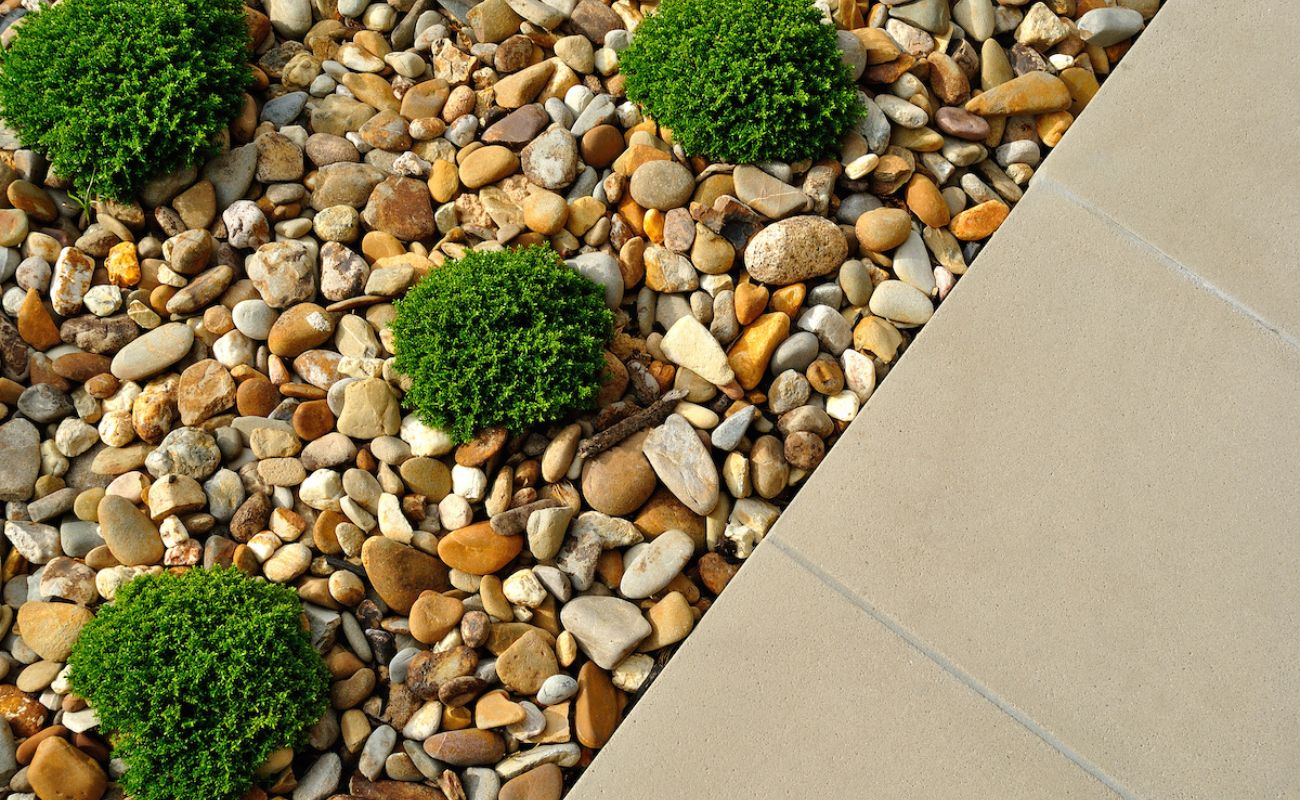

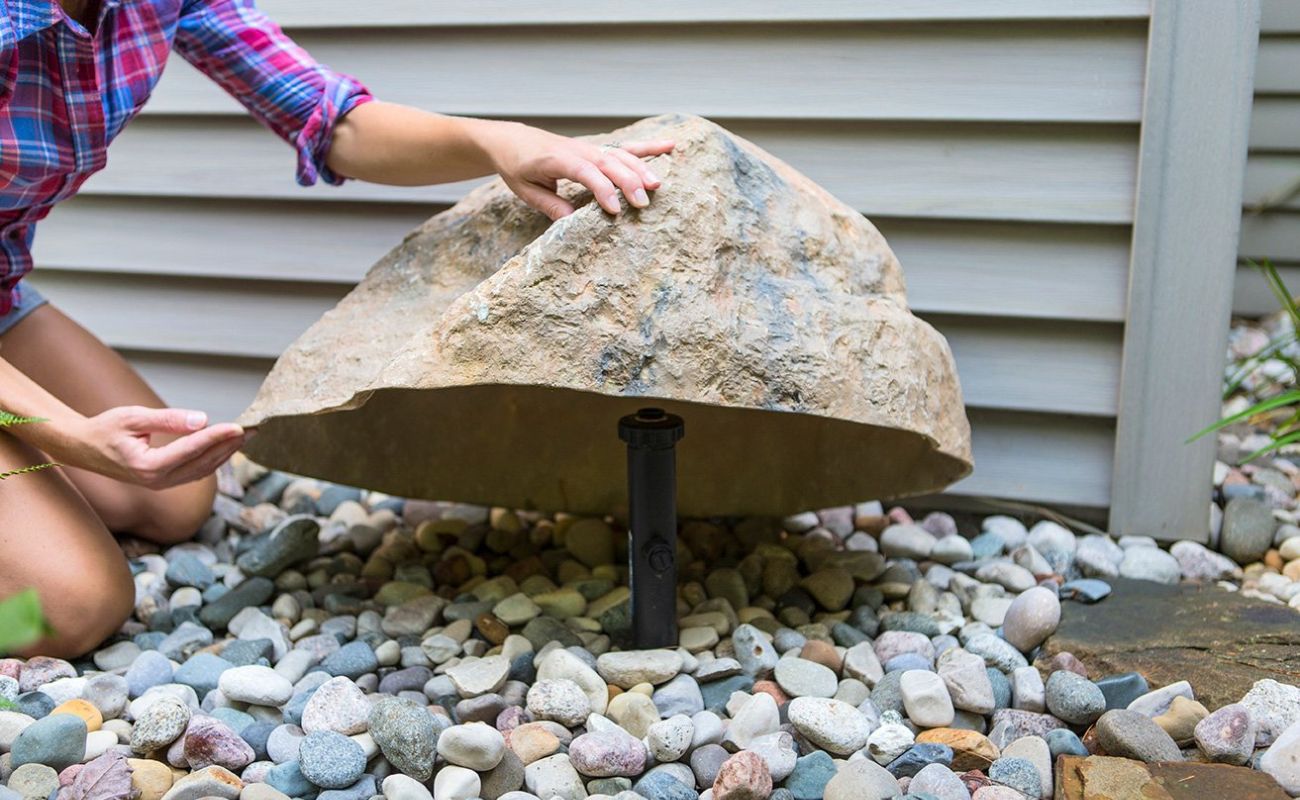
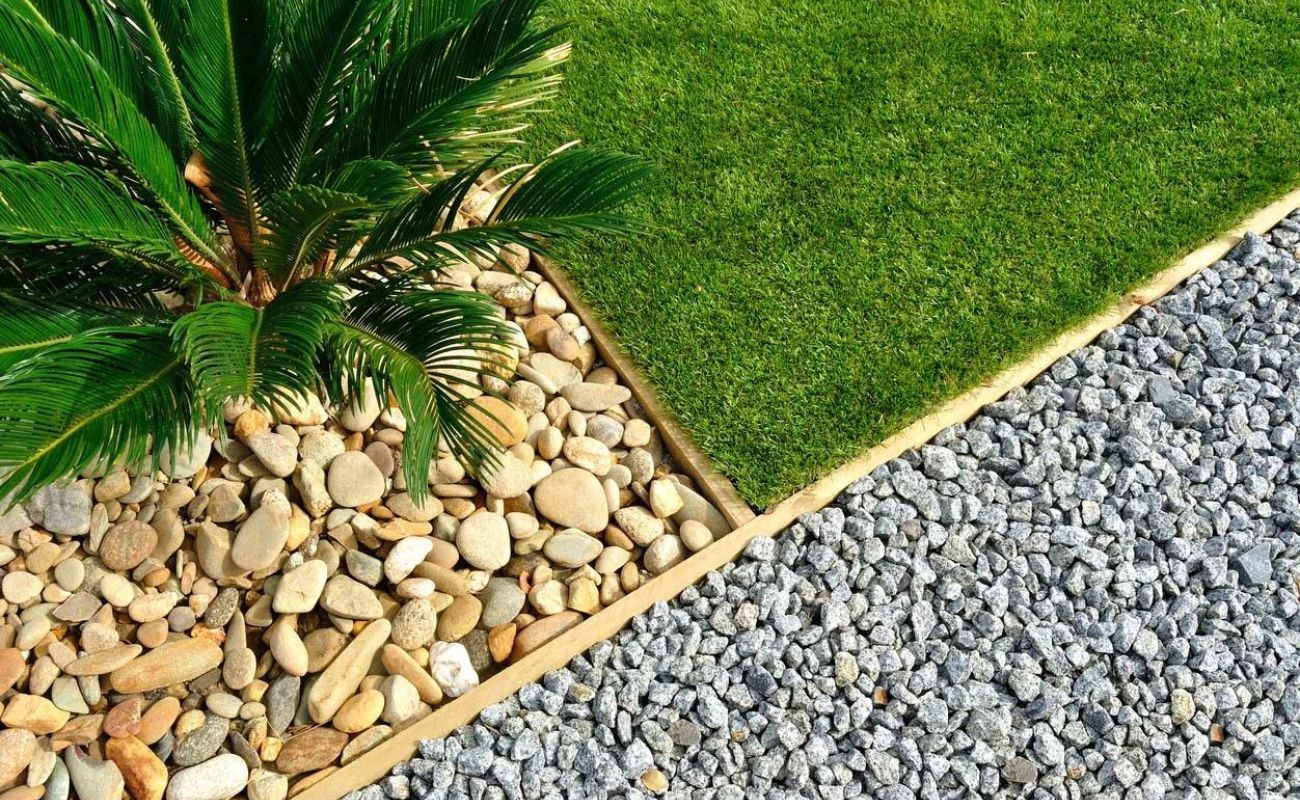



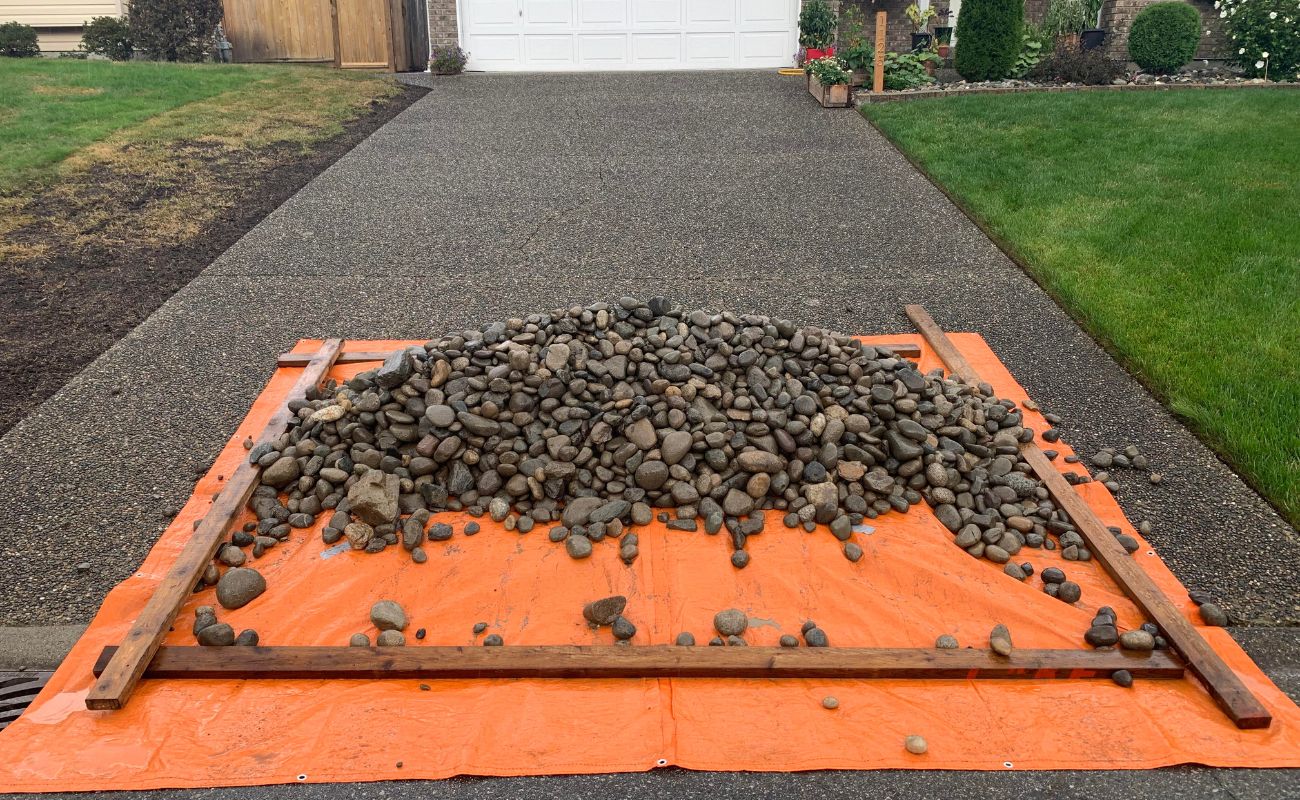


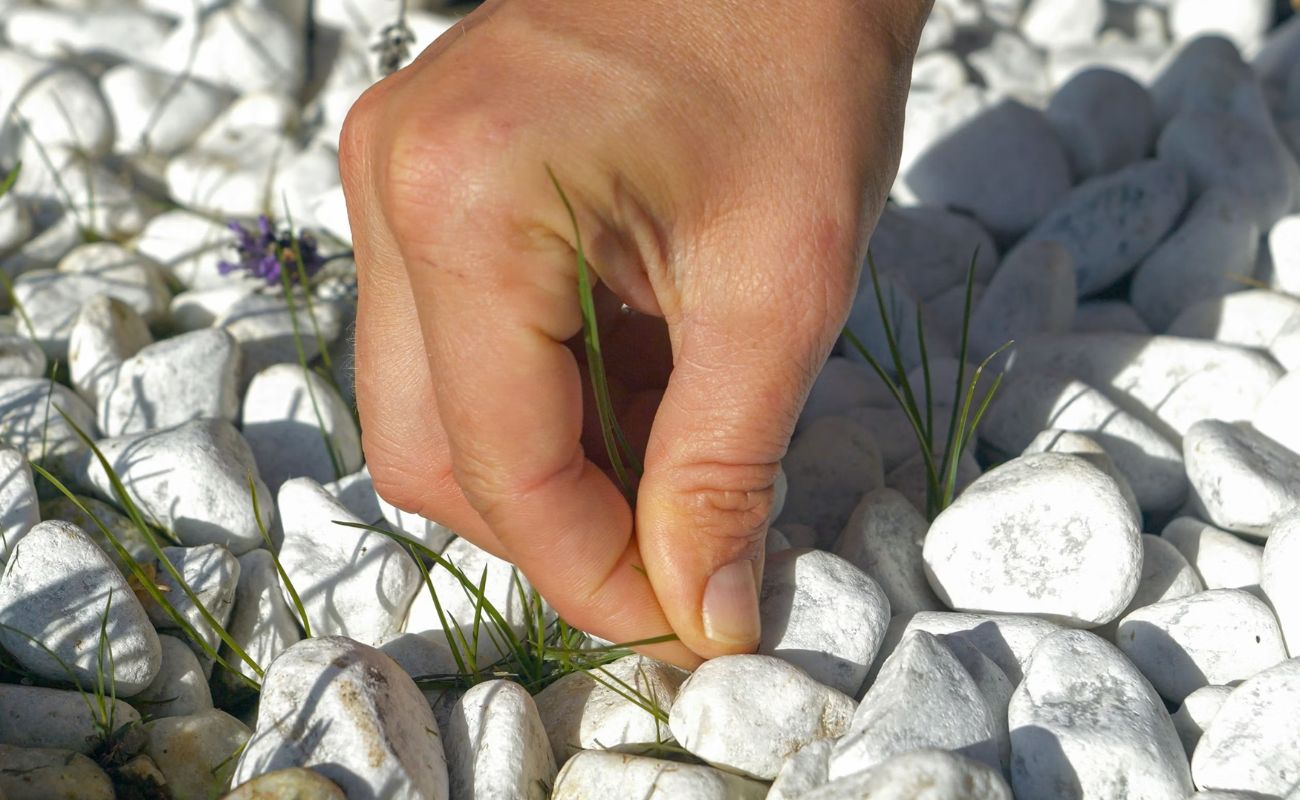
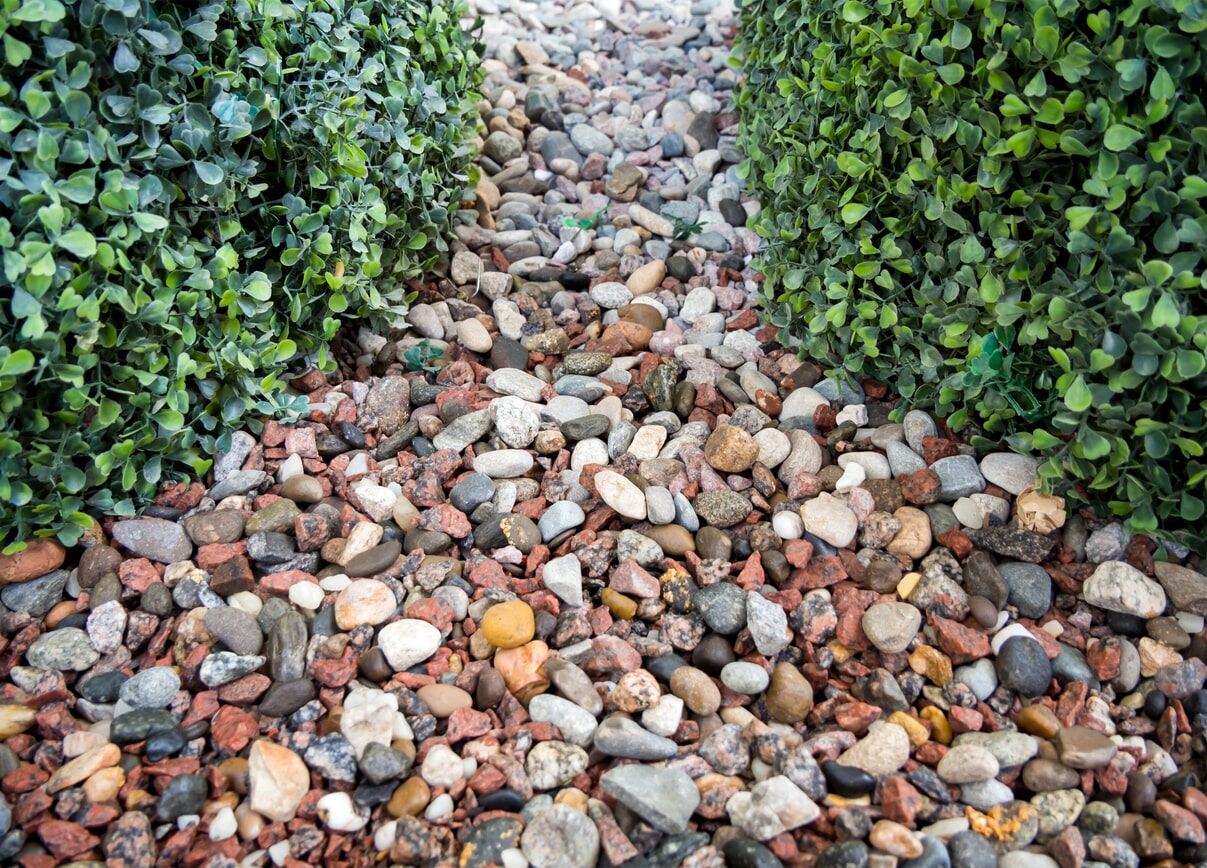

0 thoughts on “How To Store Landscaping Rocks”